That pretty plant in your garden might be a ticking time bomb. As climates shift and ecosystems adapt, certain popular landscaping choices are showing signs of turning invasive—spreading aggressively, crowding out native species, and disrupting local biodiversity. What was once a harmless ornamental shrub or fast-growing ground cover could, by 2035, become a serious ecological threat. Whether you’re a seasoned gardener or just planting your first bed, it’s worth knowing which green beauties might not be so innocent in the years to come. Here are 15 plants experts warn could become invasive species in your backyard within the next decade.
1. Butterfly Bush (Buddleja davidii)
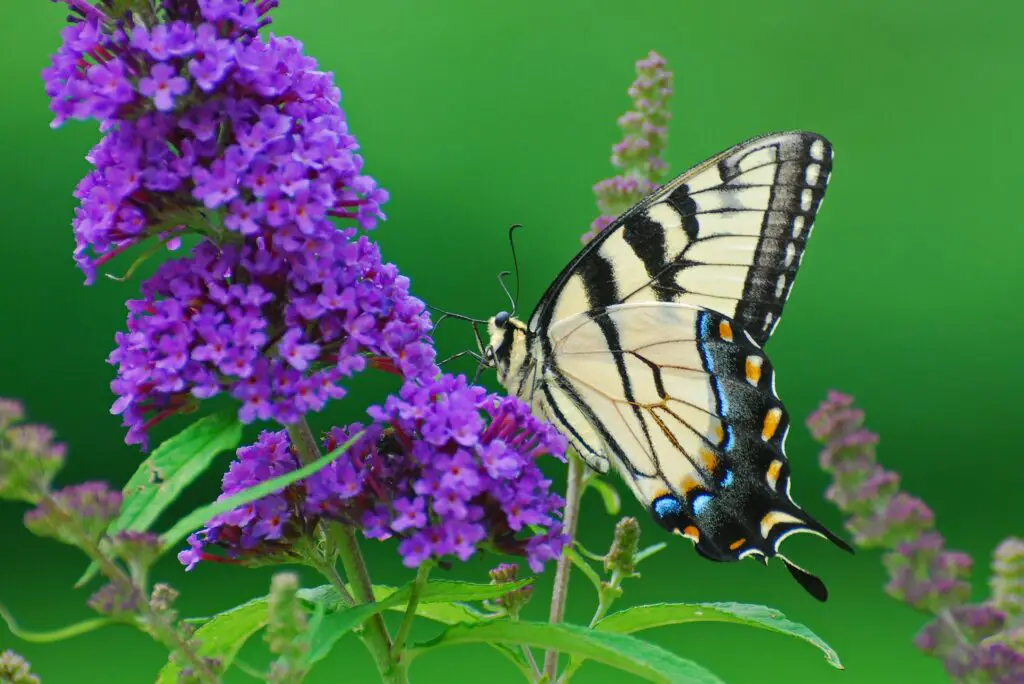
Beloved for its colorful blooms and pollinator appeal, butterfly bush has already been banned in states like Oregon for its aggressive spread. Invasive Plant Atlas reports that it easily escapes cultivation and establishes itself along riverbanks and roadsides, displacing native shrubs. Despite the name, it often crowds out the very native plants butterflies rely on for food and reproduction. Gardeners may not realize they’re trading biodiversity for bright blossoms.
Its lightweight seeds travel far on the wind, making containment difficult. While sterile varieties exist, not all nurseries make the distinction. Once rooted, it resists removal, often requiring herbicide treatments to fully eradicate. It’s a plant that offers beauty in the short term but ecological imbalance in the long run.
2. Japanese Spirea (Spiraea japonica)
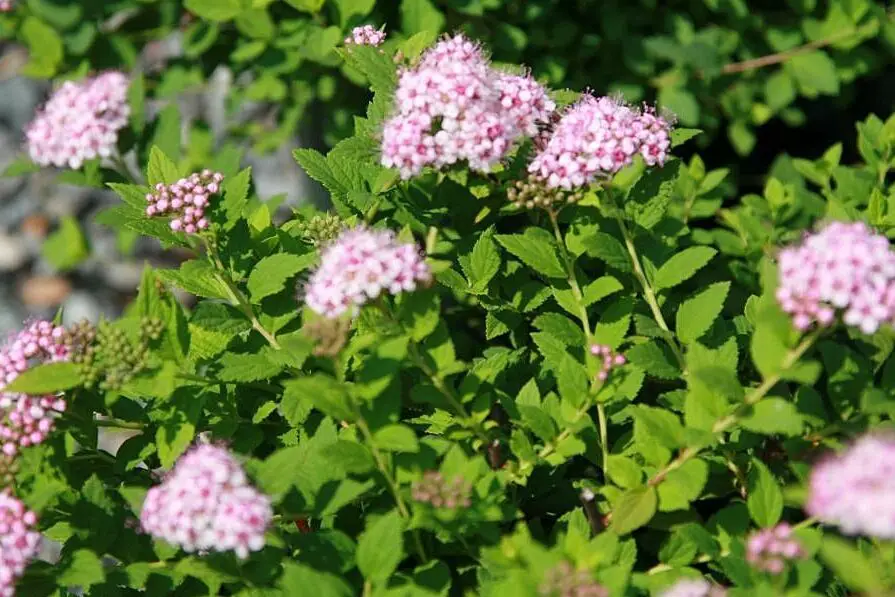
Japanese spirea thrives in disturbed areas, growing into dense thickets that outcompete native flora. The National Park Service has observed its rapid spread in the Appalachian region, where it shades out understory species and alters forest regeneration. It’s particularly aggressive near streams and moist woodlands, where it easily reseeds and expands its territory. The pink flowers may be charming, but the ecological cost is high.
This shrub has proven difficult to control once naturalized. It grows quickly, rebounds after cutting, and drops thousands of seeds annually. While it’s still commonly sold in garden centers, some states are considering listing it as a noxious weed. Its ability to colonize quickly makes it a top concern moving into the next decade.
3. Golden Bamboo (Phyllostachys aurea)
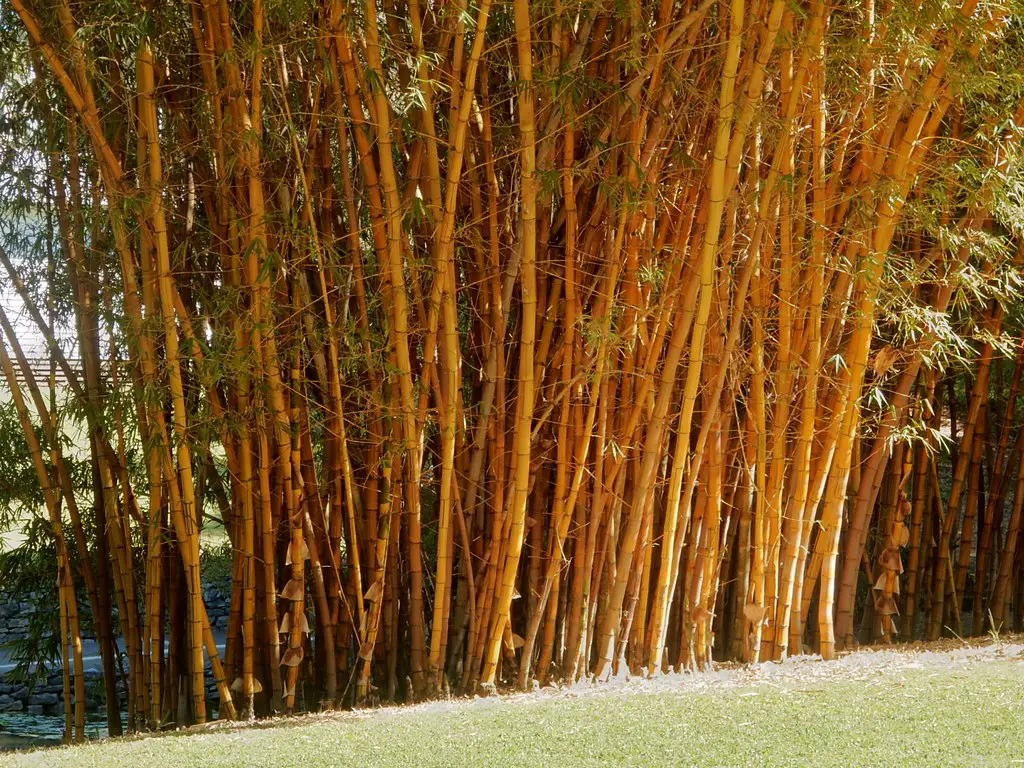
Golden bamboo might look exotic and serene, but it’s anything but peaceful to native ecosystems. Western Pennsylvania Conservancy notes that this fast-growing grass forms dense walls, shading out everything in its path. Once established, it’s nearly impossible to remove, with underground rhizomes that can travel up to 20 feet. Its spread is so intense that even homeowners regret planting it.
Bamboo can easily leap from cultivated yards into neighboring wildlands. Cutting it back only seems to make it grow faster and thicker. Its ability to alter soil chemistry and moisture levels poses long-term harm to surrounding flora. Despite its ornamental appeal, it’s a ticking time bomb for unmanaged growth.
4. Heavenly Bamboo (Nandina domestica)
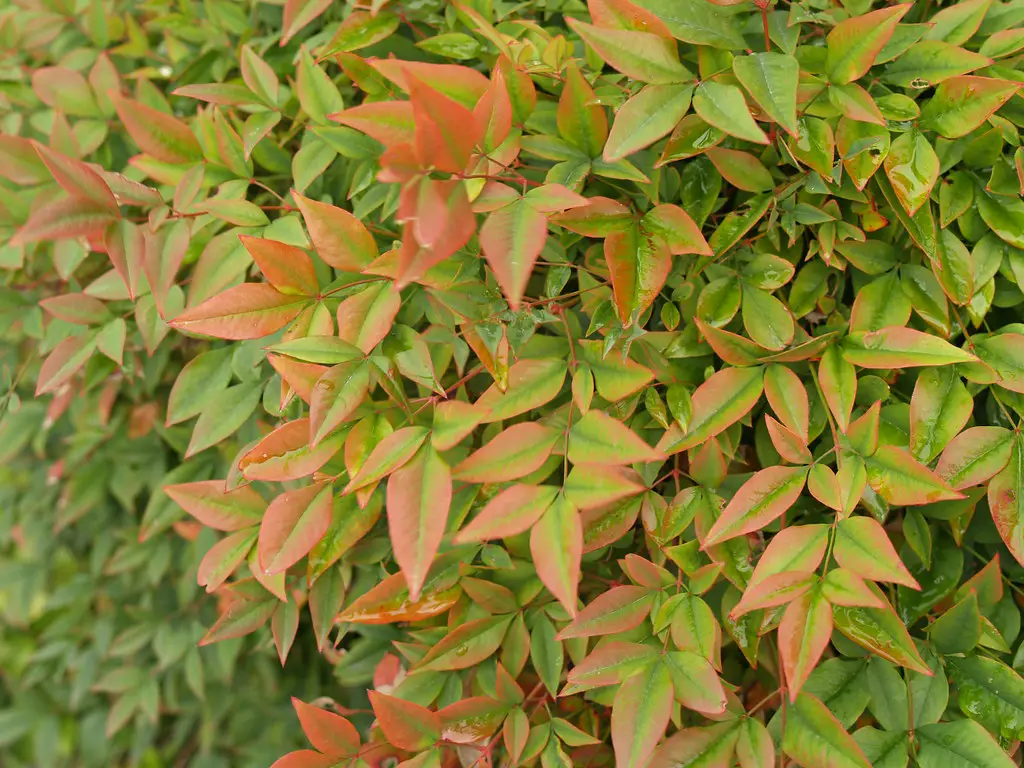
Originally from Asia, heavenly bamboo has been widely planted in Southern gardens—but it’s far from heavenly for wildlife. The University of Florida IFAS Extension warns that its berries are toxic to birds and its dense growth habit limits native plant diversity. The plant has naturalized across much of the southeastern U.S., thriving in disturbed areas and forest edges. Its resistance to pests and drought only strengthens its invasive potential.
What makes it more dangerous is its year-round greenery and reproductive efficiency. It’s tough to kill, bouncing back after pruning and spreading by both seed and rhizomes. While many gardeners appreciate its low maintenance, that resilience also makes it a problem in wild settings. By 2035, it could dominate entire understory zones if left unchecked.
5. Purple Loosestrife (Lythrum salicaria)

Purple loosestrife is stunning in bloom—but it’s a nightmare for wetlands. The Environmental Protection Agency highlights its ability to replace native marsh vegetation, disrupting waterfowl nesting and fish spawning grounds. Introduced as an ornamental, it has since spread to every U.S. state except Florida. With warming winters, its range is only expected to grow.
Each plant can produce up to 2.7 million seeds annually, ensuring rapid colonization. It forms dense monocultures that are nearly impossible to reverse without chemical or biological intervention. Despite repeated warnings, it’s still occasionally sold in nurseries under different names. Unless strictly regulated, it will likely become even more widespread by 2035.
6. Sweet Autumn Clematis (Clematis terniflora)

This vine spreads like wildfire across fences, trees, and structures—and then beyond the garden. Once it escapes into woodlands, it smothers understory plants with its thick blanket of foliage. It blooms prolifically and reseeds aggressively, making removal a near-constant battle. While it looks delicate, it’s a tenacious climber with few natural predators.
Its fragrant flowers disguise just how disruptive it can be. Gardeners often find that one plant turns into a network of tangled vines over time. It’s not picky about soil or sun, adapting quickly to almost any environment. As climate zones shift, its range will likely expand even further.
7. Mexican Feather Grass (Nassella tenuissima)
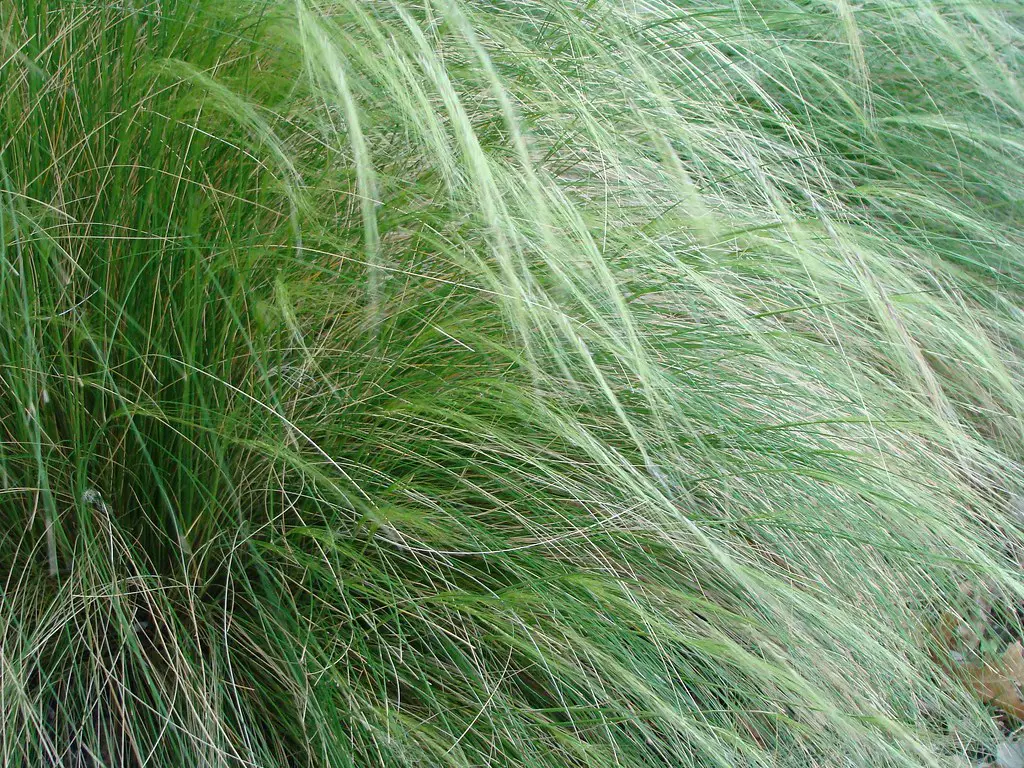
Praised for its feathery texture and drought tolerance, this ornamental grass hides an invasive streak. Once it goes to seed, it spreads effortlessly on the wind, colonizing disturbed areas and open fields. It quickly displaces native grasses that local wildlife depend on for food and nesting. Worse, it’s often misidentified, allowing it to spread unnoticed.
Even fire doesn’t slow it down—it rebounds quickly and can contribute to fire risk due to its dry blades. Nurseries continue to sell it under alternate names, increasing its reach. It thrives in a variety of climates and resists eradication. Left unchecked, it could dominate landscapes across the Southwest and beyond.
8. Callery Pear (Pyrus calleryana)

These trees are infamous for their pungent smell, but their bigger problem is ecological. The seeds are widely spread by birds, resulting in wild populations that grow rapidly along roadsides and in meadows. Their dense canopies block sunlight from reaching native plants, and their weak limbs make them hazardous in storms. Their spread is already evident across large swaths of the Eastern U.S.
Callery pears were once hailed as ideal street trees, but their uniform genetics make them particularly vulnerable to disease and structural failure. Still, their beauty in spring makes them tempting. Without tighter controls, they’ll continue to push out native hardwoods and shrubs. Their adaptability ensures they’ll be a growing issue in the years ahead.
9. Orange Daylily (Hemerocallis fulva)

This hardy perennial is often passed from gardener to gardener, with little awareness of its invasive potential. Once planted, it spreads via underground tubers and rapidly forms dense clumps that exclude native species. It thrives in poor soil, full sun, or part shade—basically anywhere it can get a foothold. Its resilience makes it both a gardener’s friend and an ecologist’s nightmare.
These lilies don’t need pollinators to reproduce, giving them a reproductive advantage over native flora. They often escape garden borders and establish in ditches, old fields, and forest edges. Once naturalized, removal becomes extremely difficult. They’re a classic example of a plant that turns from charming to controlling.
10. Japanese Barberry (Berberis thunbergii)

While often marketed for deer resistance and low-maintenance appeal, Japanese barberry alters soil pH and microhabitats in forested areas. It grows into dense thickets that harbor ticks, increasing Lyme disease risk in affected regions. Birds spread its seeds far and wide, helping it invade new territory rapidly. Its thorny branches make it difficult to remove once established.
This shrub is already banned in several Northeastern states, but it’s still popular in ornamental landscaping. Its vivid red foliage makes it a favorite—until it takes over. By 2035, it could dominate many more suburban and rural forests. Aesthetic appeal doesn’t justify the ecological consequences.
11. Crown Vetch (Securigera varia)
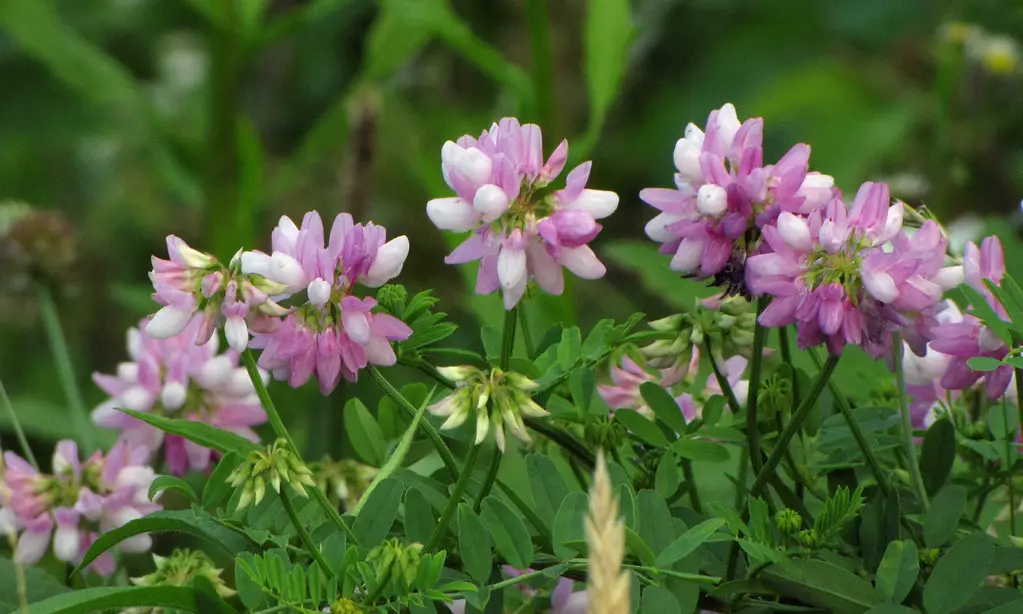
Used for erosion control on highways, crown vetch has jumped containment and taken over meadows and prairies. It forms thick mats that prevent native wildflowers from emerging, starving pollinators of critical food sources. Once it establishes, even mowing doesn’t stop it. The roots are extensive and regenerate quickly.
Because it’s a nitrogen fixer, it changes soil composition—favoring its own survival over that of other species. It’s deceptively pretty when in bloom, but it’s a serious threat to native grasslands. Left unchecked, it alters entire ecosystems. It’s one plant with far-reaching consequences.
12. Chinese Privet (Ligustrum sinense)

Fast-growing and shade-tolerant, Chinese privet has become a dominant understory plant in southern forests. It prevents the growth of native trees and shrubs, resulting in a loss of biodiversity. It spreads by both seed and root sprouting, making manual removal a daunting task. Birds help distribute its seeds across wide distances.
Privet hedges may look tidy, but they mask a wild tendency to escape and overwhelm natural spaces. Its dense foliage also reduces ground-level light, preventing native regeneration. Once a forest is invaded, restoration becomes labor-intensive and expensive. By 2035, it could take over even more ground.
13. English Ivy (Hedera helix)

English ivy is a classic groundcover that climbs trees and smothers understory vegetation. It contributes to tree decline by adding weight and trapping moisture, encouraging rot and pests. It spreads aggressively in temperate climates, creating monocultures that exclude native plants. Many homeowners underestimate its tenacity.
Even when trimmed back, it returns quickly—sometimes growing under siding or into brickwork. What starts as a decorative feature can end up damaging ecosystems and homes alike. Its popularity ensures continued spread without intervention. Without stricter controls, it will remain a top-tier invader.
14. Burning Bush (Euonymus alatus)
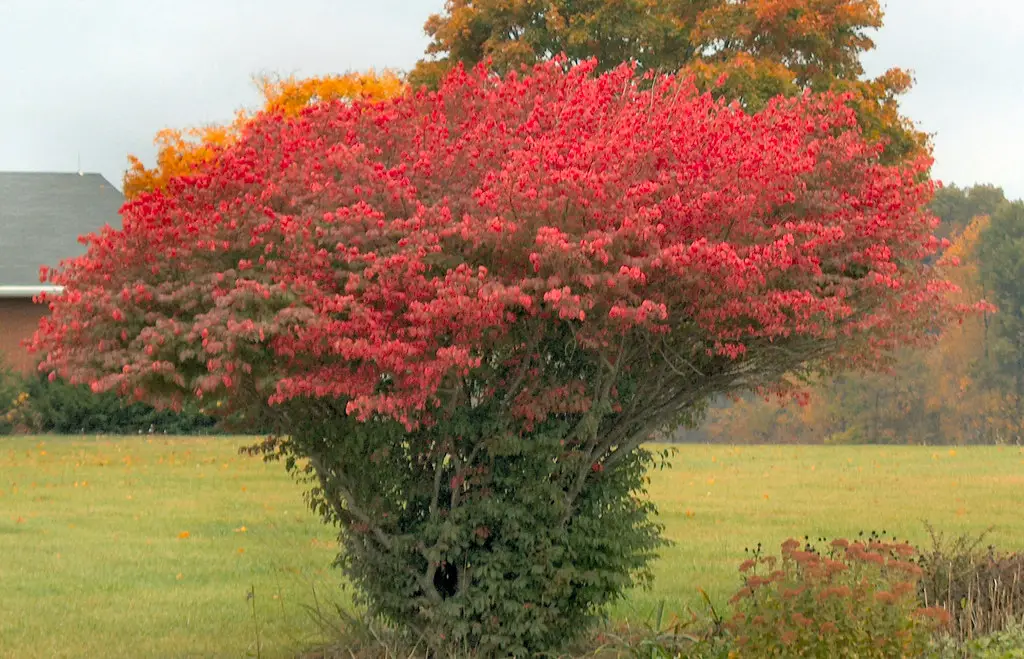
Known for its brilliant red foliage in fall, burning bush has jumped from gardens into the wild across the Northeast. It produces massive quantities of seeds that are readily spread by birds. In forests, it outcompetes native shrubs and young trees. Its dense thickets block the regeneration of more beneficial species.
While often promoted as a low-maintenance shrub, its invasiveness has been documented for years. Some states have placed it on watch lists or banned its sale entirely. As climate zones shift, it may spread into new regions. It’s a colorful culprit with a quiet agenda.
15. Periwinkle (Vinca minor)

Often used as a fast-spreading groundcover, periwinkle creates dense mats that smother everything beneath them. It thrives in shade and tolerates a wide range of soil types. Once established, it becomes almost impossible to remove by hand. Its waxy leaves resist herbicide, making control difficult.
Gardeners appreciate its evergreen leaves and delicate flowers, but it doesn’t play well with others. It spreads from gardens into nearby woods, choking out native ground flora. Without natural predators, it grows unchecked. It’s small, unassuming, and a serious threat to native biodiversity.
